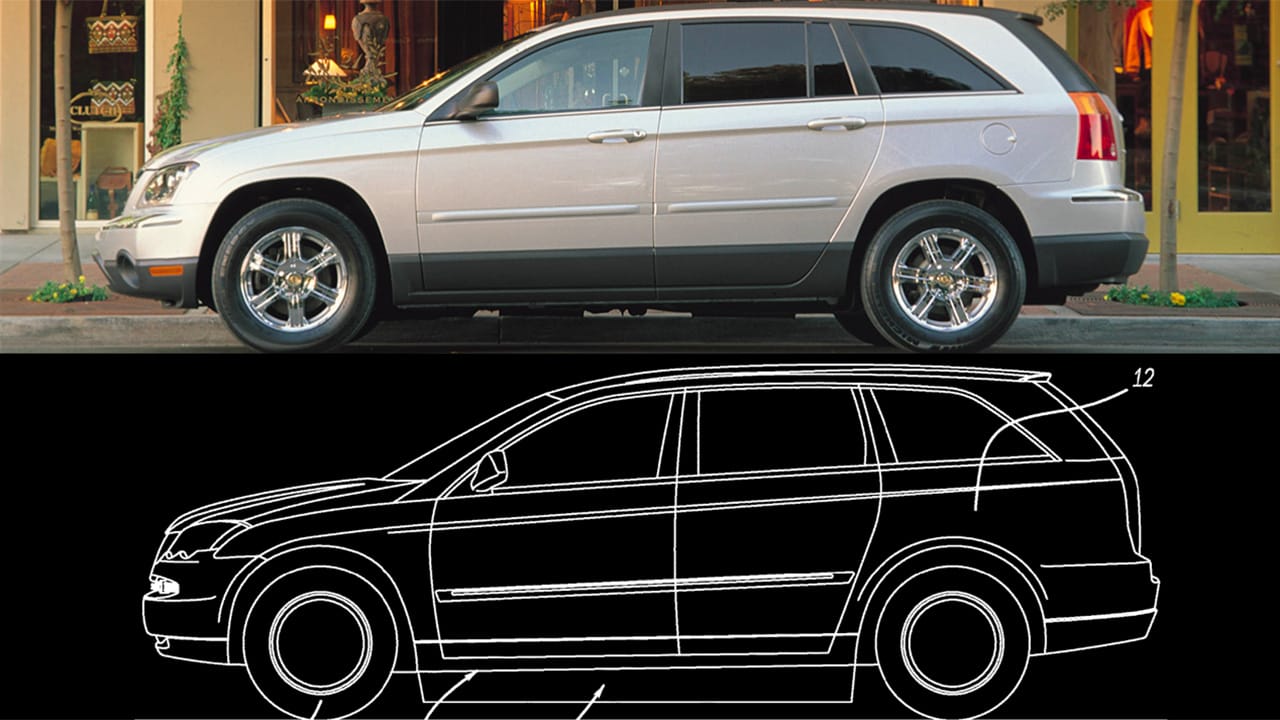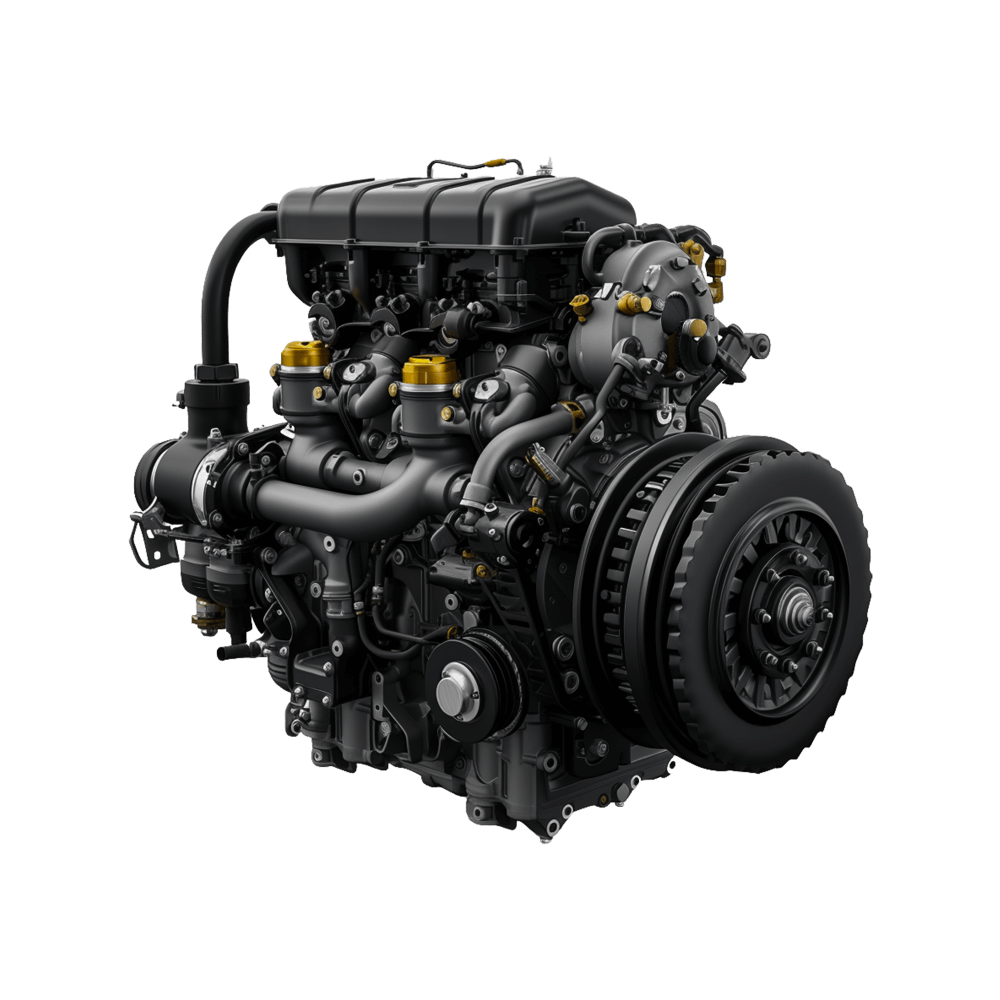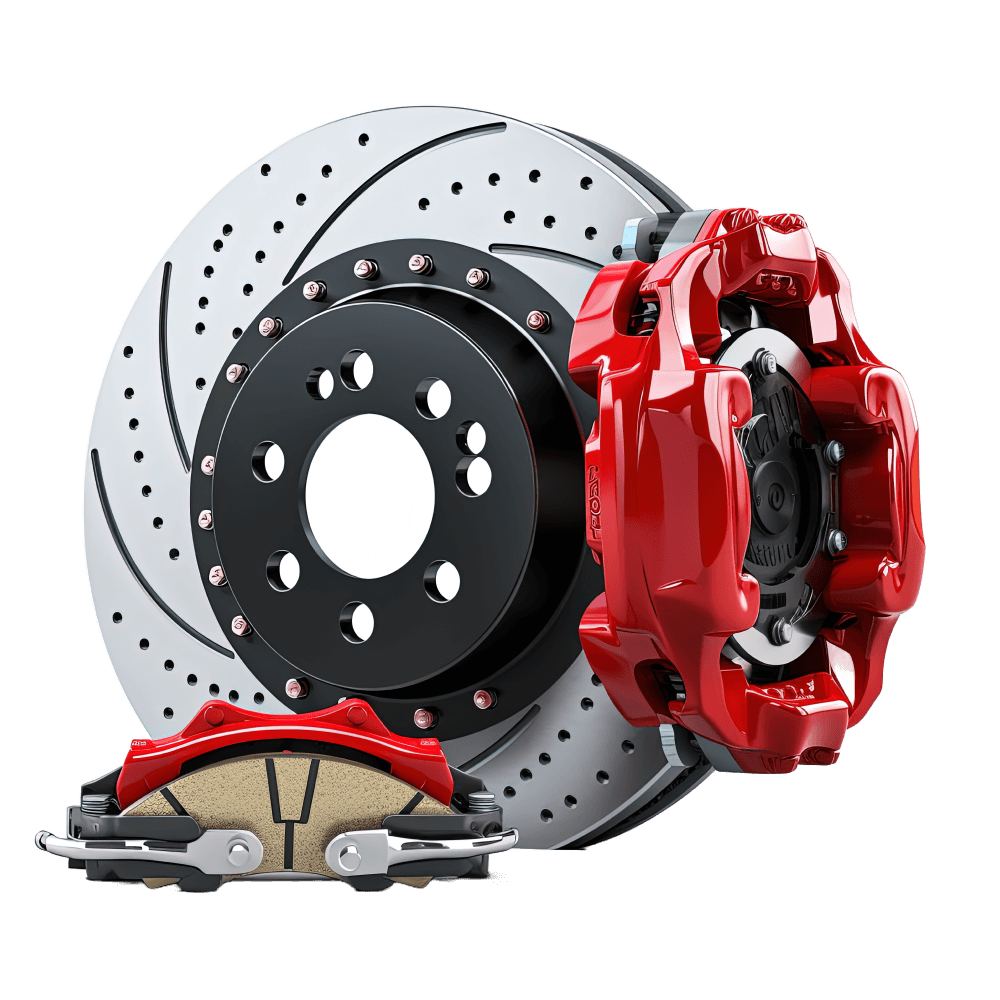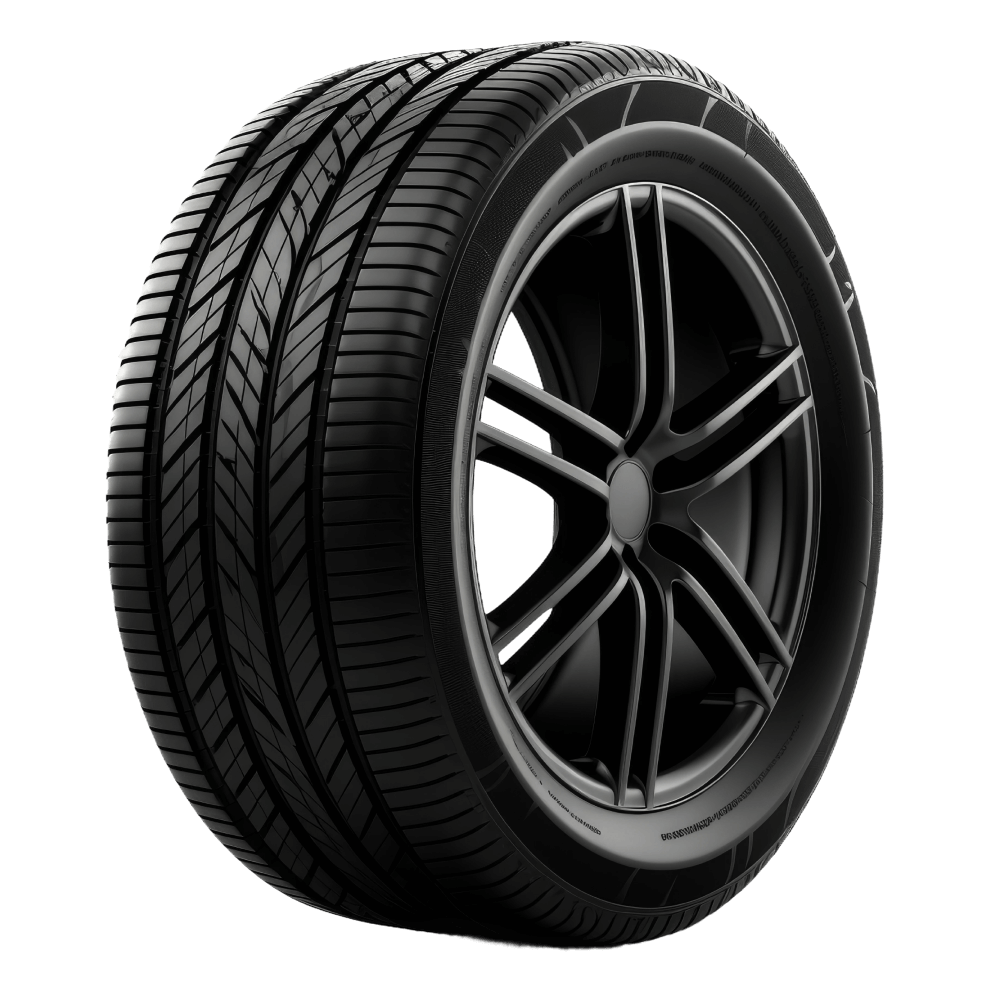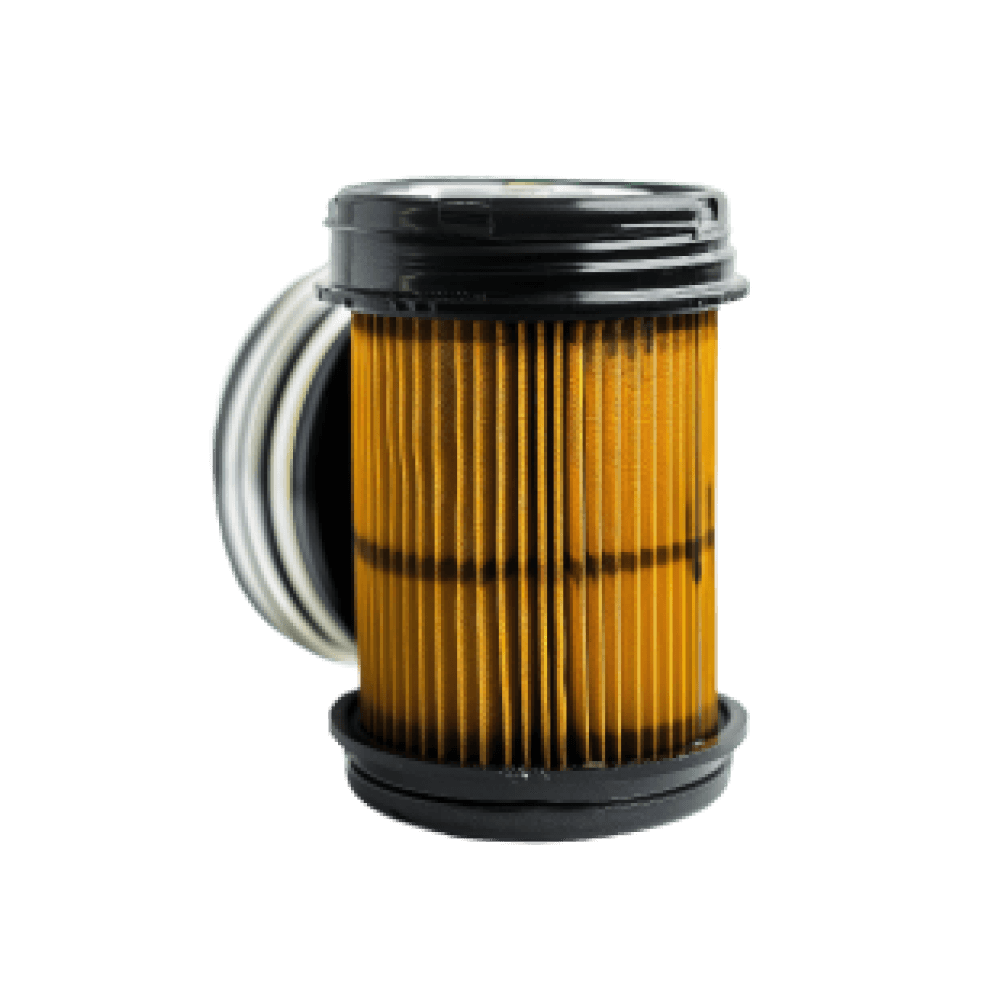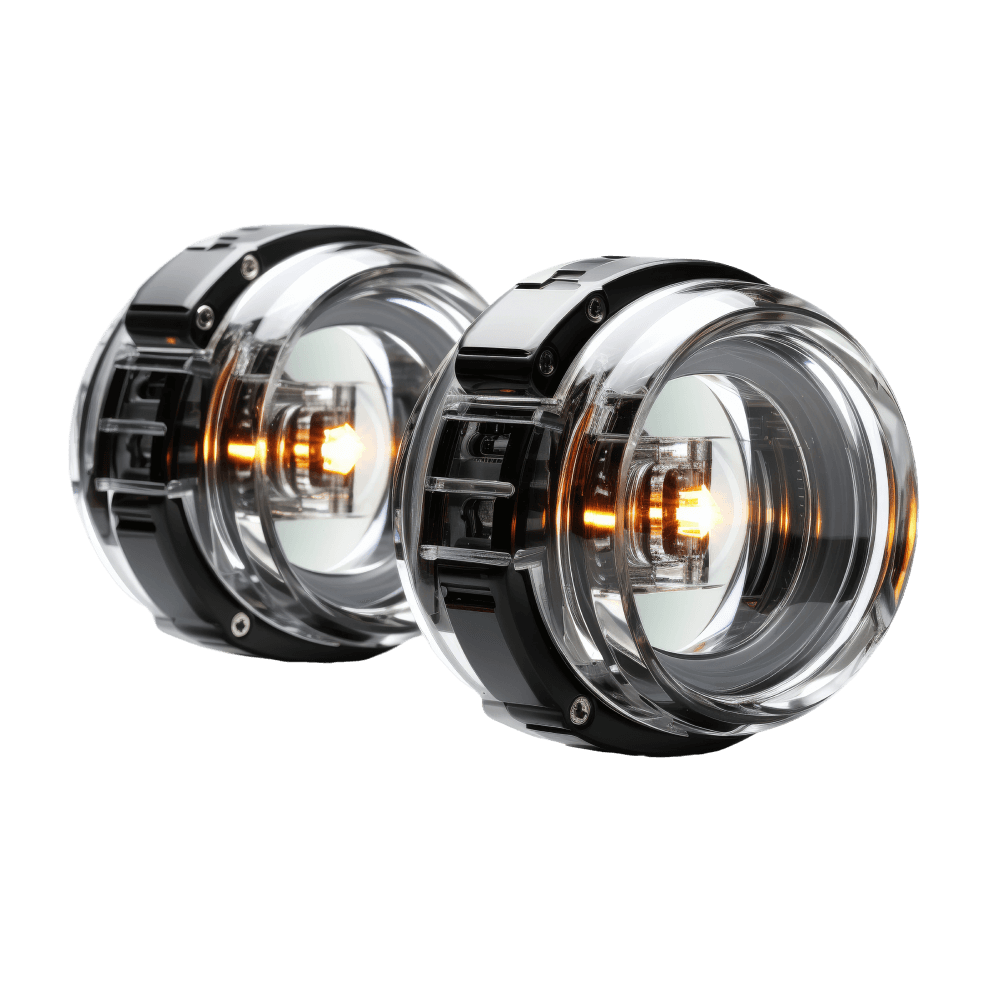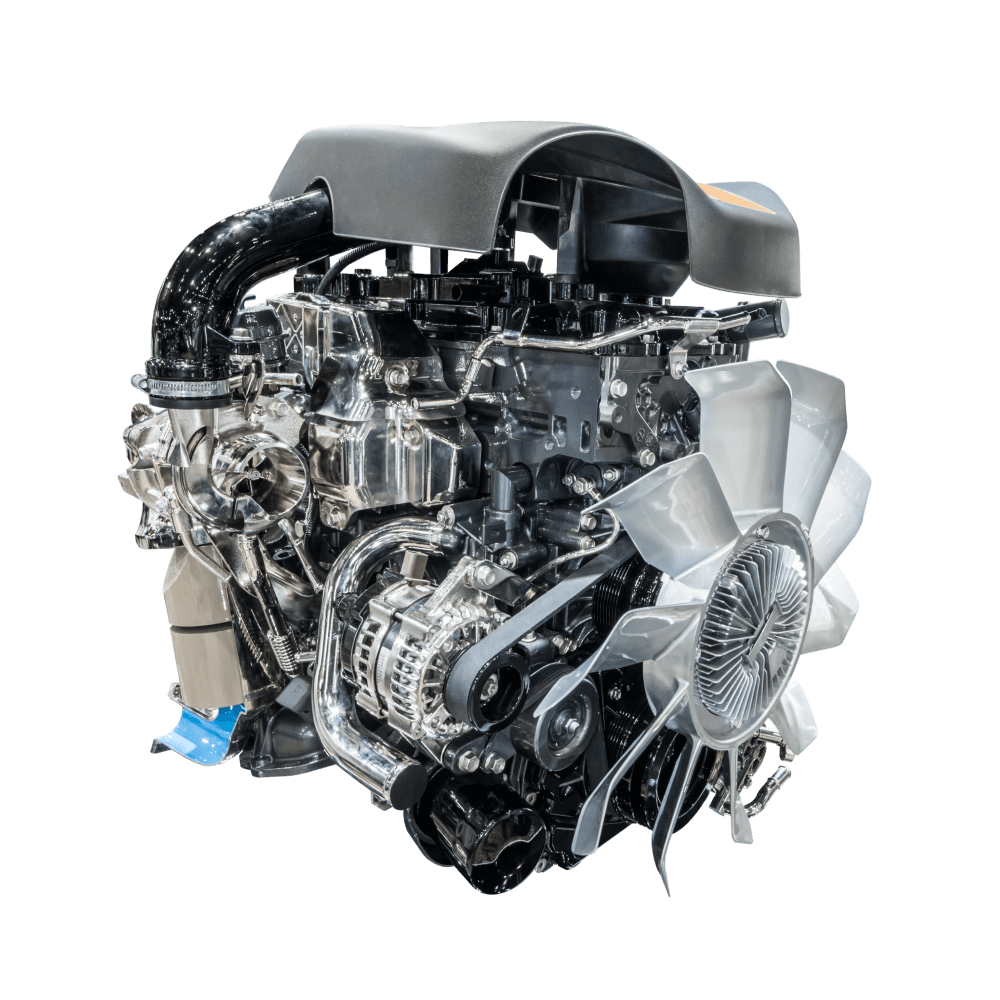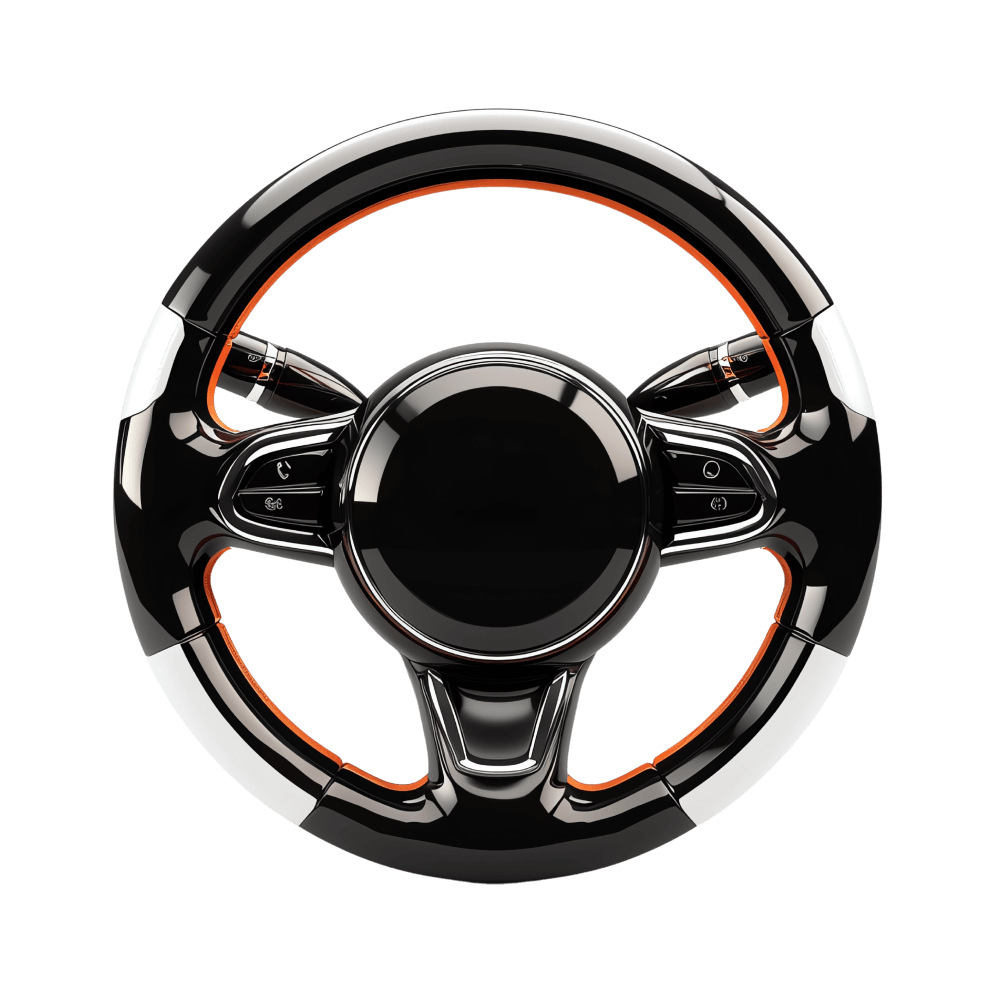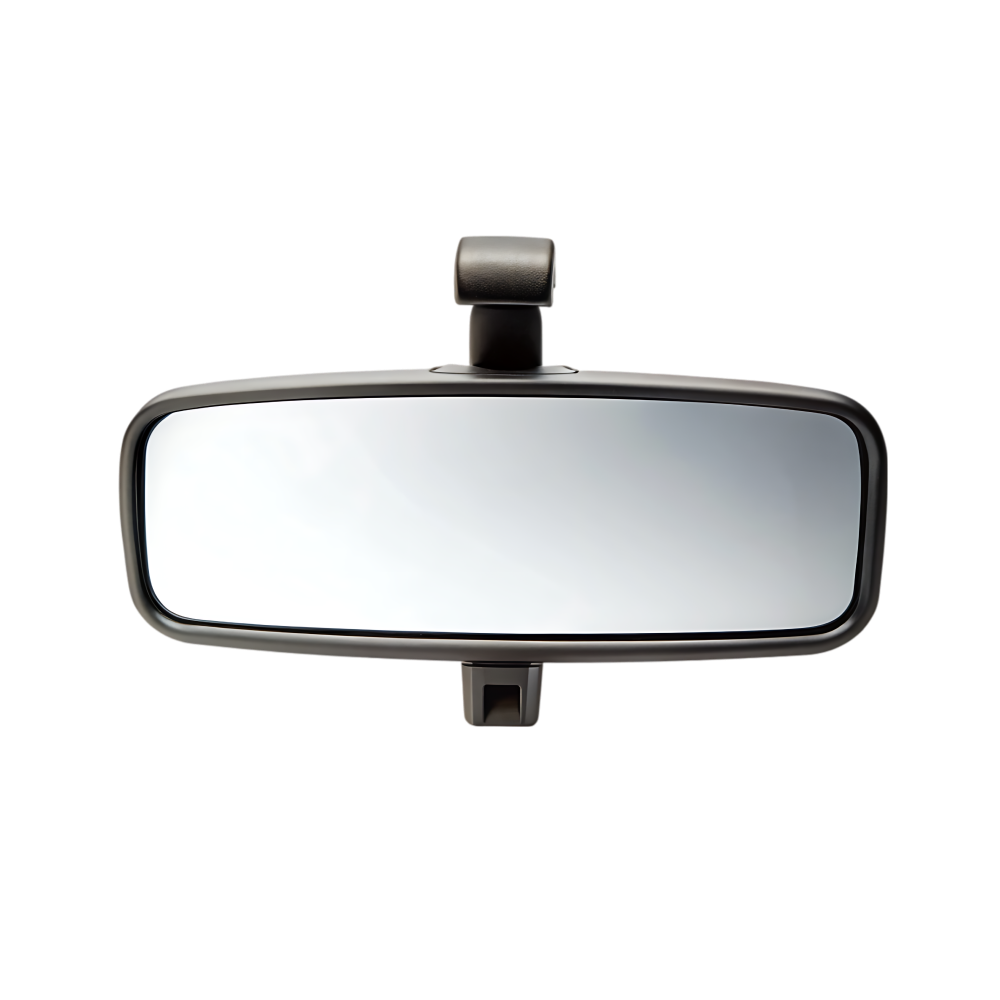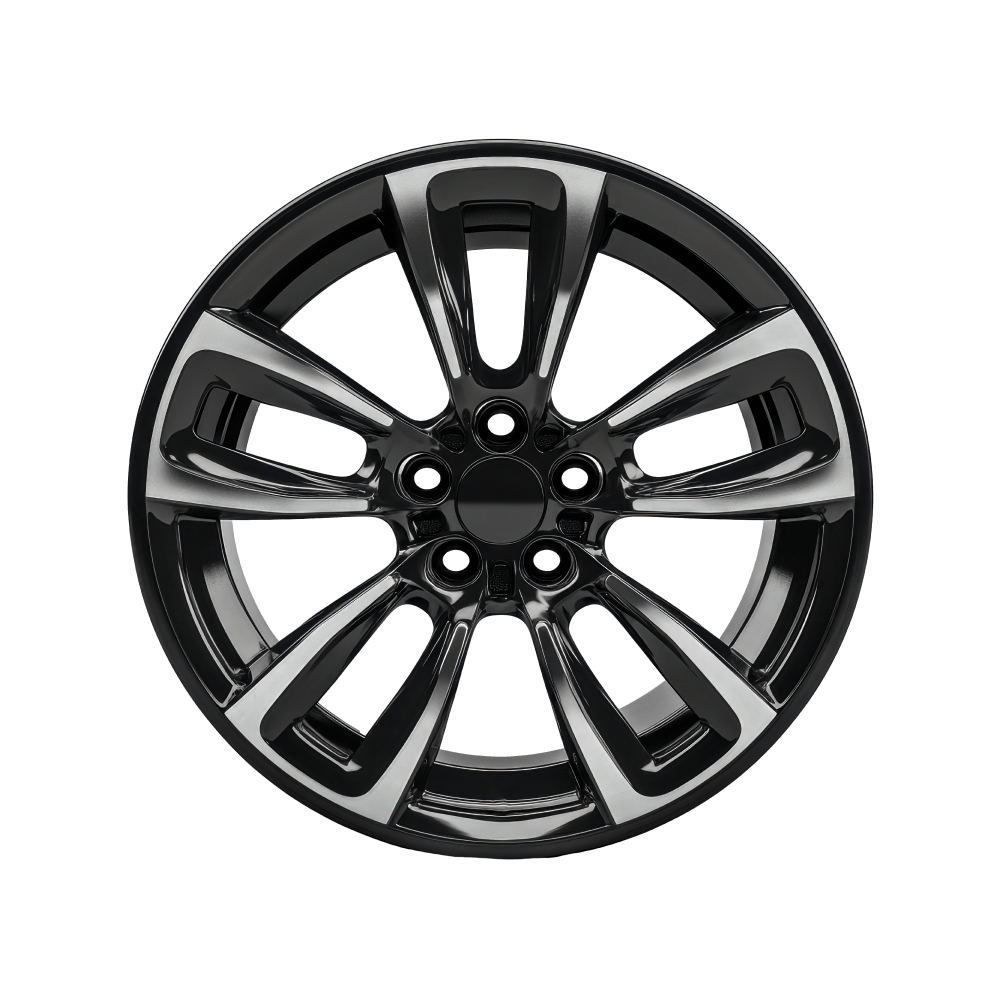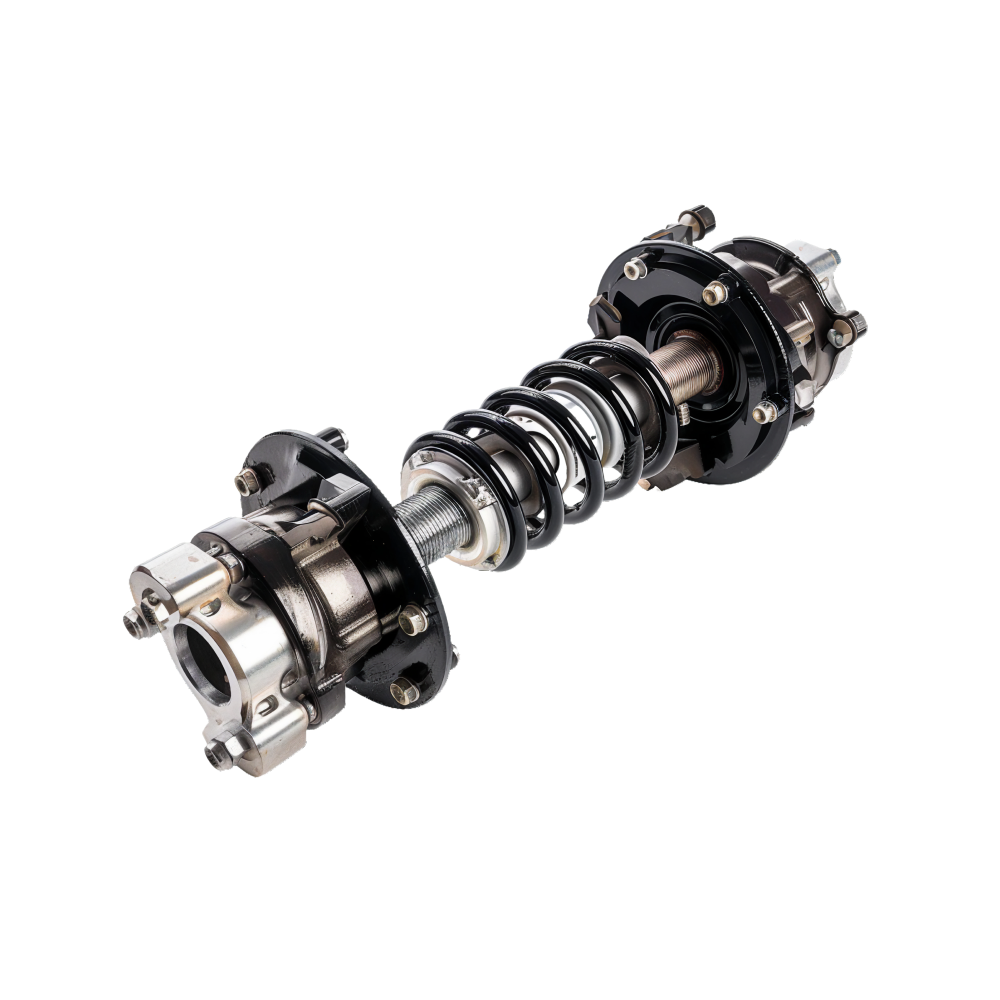The Chrysler Pacifica minivan is the brand’s only new model on sale today (along with the rebadged entry-level Voyager trim), but it was originally a crossover utility vehicle.
The original 2004 Pacifica was basically a chop-top version of the Town and Country minivan with swing-out doors that was Chrysler’s first CUV and its only one to date.
It only lasted until 2008 as the truck-based Chrysler Aspen SUV took its place in the lineup, but the name returned on the all-new minivan that replaced the Town and Country in 2017.
Chrysler is working on a new, yet to be named crossover that will be on sale next year, but the original Pacifica has returned in an unusual place with an interesting update.
Read Also: JEEP DESIGNED A LICENSE PLATE FLIPPER — HERE’S WHY
Chrysler’s parent company Stellantis (well, technically FCA US LLC, which is still what the U.S. division is formally registered under) has filed for a patent on a technology it calls “Plenum Skirting for Powered Downforce” that includes sketches of a Pacifica demonstrating the device.
It’s a set of skirts made from a flexible fabric installed underneath the vehicle that are extended by inflation to create a low-pressure zone that would improve downforce and grip.
Read Also: JEEP HAS DESIGNED A WIND-POWERED SUV
The patent discusses similar designs used by racing cars with rigid skirts that aren’t suitable for road use due to the wear and tear of impacting the ground. Stellantis’ system has sensors that monitor the ground clearance and is able to constantly adjust the skirts to reduce surface contact, which their deformable design could withstand without damage. They are all connected as a plenum and vented at the rear to allow them to exhaust air quickly when deformed.
As for why the Pacifica is used in the drawings, patent sketches typically use generic shapes so they don’t reveal too much intellectual property beyond the focus of the patent, and the out of production Pacifica’s design isn’t something Stellantis is worried anyone will steal. In fact, it has a very different type of vehicle in mind for the skirts.
SUBSCRIBE TO THE FREE AMERICAN CARS AND RACING NEWSLETTER FOR MORE STORIES LIKE THIS
“The acceleration, braking and cornering capabilities of ultra-high performance electric vehicles are limited by the amount of tractive force the vehicles can impart on the road surface they are drive on,” the patent says. “Advances in electric vehicle motors and battery technology have driven the 0-60 mph acceleration time of many well-publicized vehicles below the 1.5 second mark on prepared surfaces. Such
acceleration goes beyond what most tires are capable of handling, requiring additional downward force to be generated that supplements the force of gravity in keeping the vehicle firmly planted on the ground.”
Dodge was developing a Banshee version of the electric Charger Daytona that may have been able to do a sub-two-second 0-60 mph sprint, but its future is uncertain as the brand shifts back toward focusing on internal combustion engine muscle cars. The technology would work just as well with a V8-powered vehicle, of course, at least one with a way to generate enough electricity for the fans to inflate the skirts.
As with many patents, there are no guarantees that Stellantis will ever put something like this technology into production, but it’s not the only automaker thinking about it. Tesla recently filed for a patent on “Adaptive Vehicle Aerodynamics for Downforce” which uses extendable and adjustable rigid skirts, but adds fans at the rear of the vehicle that actively evacuate air from the low pressure area to increase the partial vacuum effect.

